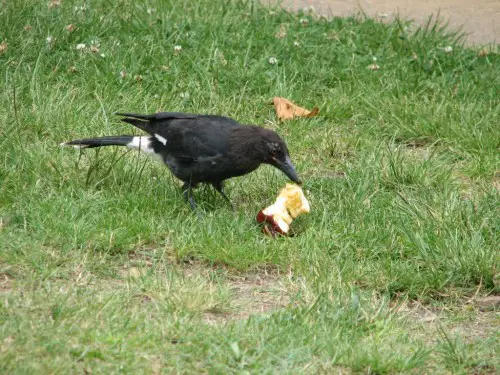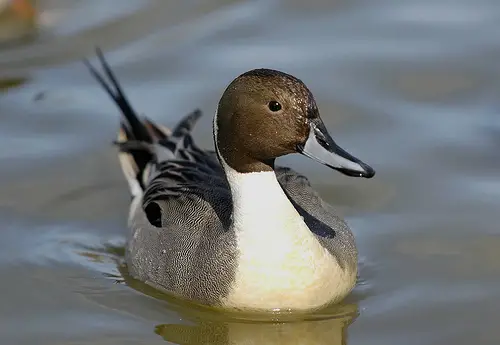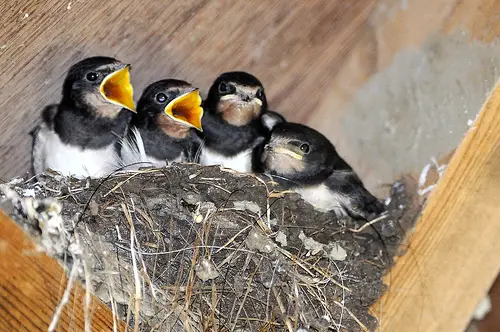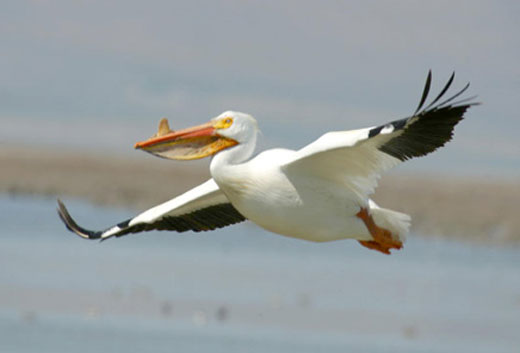Pied Currawong
Native to east Australia and Lord Howe Island, the Pied Currawong is a medium-sized black passerine bird. It is one of 3 currawong species in its genus, Strepera, and is closely related to the Australian Magpie and butcherbirds in the Artamidae famliy. There are 6 subspecies of the Pied Currawong that are currently recognised.
This bird is quite robust and looks like a crow. It is about 48 cm (19 in) long, and has blackish plumage. It has a white undertail and wing patches, a heavy bill, and yellow irises. The female and male Pied Currawongs are similar in appearance to each other. Its wings are long and broad. Its bill is 1.5 times longer than its head, is hooked at the end of it. In the wild, the Pied Currawong can live for over 20 years.
As mentioned above, there are 6 subspecies of the Pied Currawong. These subspecies are differentiated from each other in both plumage and size. In addition, there is a steady change in the bird’s size and morphology as one goes south. This is because their plumage is lighter and more greyish than black, it has a shorter bill, and a larger body. In addition, those in the south have whiter tails and less whiteness on its wings.
- Strepera graculina graculina -is the nominate form. This bird is found from northern Queensland’s Burdekin River to Sydney.
- S. g. ashbyi – is known as the Western Victorian Pied Currawong. It was first described in 1913 by Gregory Matthews, an Australian amateur orinthologist. This bird is critically endangered due to hybridization with the neighbournig nebulosa subspecies whose range is expanding towards the west.
- S. g. crissalis – known as the Lord Howe Currawong, this bird is classified as a vulnerable species. It was first described in 1877 by Richard Bowdler Sharpe, and English naturalist. It has adapted well on Lord Howe Island, but the population is very small as there are only about 70 to 80 birds.
- S. g. magnirostris – little research has been done on this bird. It is found from the Cape York Peninsula to the Normanby River in northern Queensland. It has a longer and heavier bill and a shorter tail compared to the nominate species.
- S. g. robinsoni – Like the above, little research has been conducted on this subspecies. It is found on the Atherton Tableland, which is in northeastern Queensland. It is thought to be smaller than other subspecies.
- S. g. nebulosa – found in the Australian Capital Territory, south-eastern New South Wales, and Central Victoria. It is similar to the nominate species except it has a longer tail, larger wings, but a shorter bill. Its upperparks are a sooty black, while its underparts are a sooty black to slate grey.




